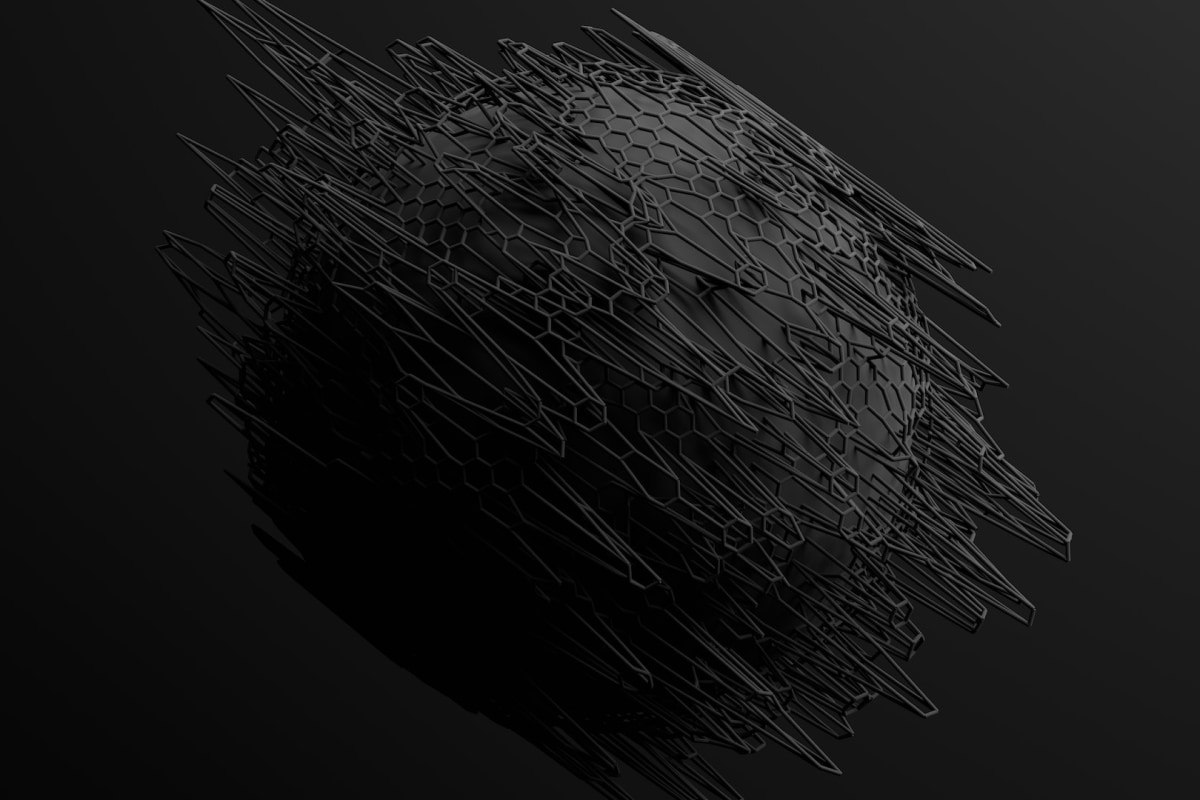How I Stopped Drowning in Scattered Ideas?

During a job interview, I confidently mentioned a project idea I’d been developing, then froze when they asked for details. I knew I’d written brilliant thoughts about it somewhere, but where? My phone had 47 random notes, my laptop had scattered documents, and my notebook had half-finished ideas with no context. That’s when I realized my “idea collection” was actually idea chaos.
Writing had always been my weak point, but I’d blamed it on not being “naturally good” at it. The real problem was my process, or complete lack of one. I’d open a blank document, start typing whatever came to mind, then jump to a completely different point mid-paragraph. When I got stuck, I’d open a new document and start over, leaving behind a trail of half-finished thoughts.
This wasn’t just a writing problem. It was a thinking problem. I’d confused collecting ideas with organizing them, and my scattered approach was sabotaging everything from job interviews to personal projects.
What Methods Actually Worked?
Now I have a system that turns scattered thoughts into structured content. Here are the methods that saved my sanity:
-
Consolidating to One Office Suite My biggest issue was choice paralysis with technology. I was jumping between Google Docs for some projects, Apple Notes for quick thoughts, Notion for organization, and random text editors for drafts. This app-hopping meant my ideas were scattered across platforms, making it impossible to see the big picture. I realized I didn’t need the fanciest tools. I needed consistency. LibreOffice became my single source of truth. Now everything goes in one place, so I can actually find and connect my ideas instead of losing them in digital chaos.
-
Learning the General Writing Process I used to think good writers just sat down and produced perfect first drafts. So when my writing came out messy and scattered, I assumed I was terrible at it. The breakthrough came when I started treating writing like coding and researched the actual writing process. Now I expect the first version to be terrible, then iterate. I do brain dumps first, then organize, then refine. This three-step approach prevents me from trying to think and structure simultaneously, which was where my scattered thinking always derailed me.
-
Creating Document Metadata As I started treating writing like code, I realized I needed version control for my ideas. Now I create structured metadata for every document: date created, last updated, target audience, key points, and purpose. This prevents the scattered thinking that used to plague me. Instead of having random documents with vague names like “Article Draft 3,” I know exactly what each file contains and why it exists. The metadata also helps me spot when I’m duplicating ideas across different projects.
-
Using a Standard Document Outline I use the same basic structure for everything: Title → Metadata → Hook → Problem → Solution → Methods → Insight. Having this consistent framework means I can focus on developing ideas instead of figuring out where they go. When a scattered thought pops up, I immediately know which section it belongs in, or if it belongs anywhere at all. This template became a sorting system for my chaotic brain.
-
Applying Consistent Formatting Standards I stopped reinventing document formatting for every piece I wrote. For formal documents, I stick with APA styling. For articles, I use the same markdown structure. Having predetermined templates eliminated the “blank page paralysis” that used to scatter my focus. Instead of wasting mental energy on formatting decisions, I can channel that energy into organizing and developing my actual ideas.
-
Systematic Digital File Organization When I save a file, I keep all documents in a specific “Notes” folder and use consistent naming: snake_case with dates and version numbers, like
article_scattered_ideas_20250607_v2. Before this system, I had files everywhere with names like “New Document,” “Article thing,” or “Random thoughts Tuesday.” Finding anything was impossible, which meant good ideas stayed buried forever. Now when I want to build on a previous concept, I can quickly scan my files and see how my thinking evolved over time. This simple system turned my chaotic file mess into a searchable archive of structured thoughts.
The Real Discovery
The irony in all of this? I thought my problem was having too many ideas when the real issue was having no system to handle them. Scattered thinking isn’t about lacking focus. It’s about lacking structure. Once I built frameworks to capture, organize, and develop my thoughts, those “scattered” ideas revealed themselves as valuable building blocks.
Now I know that creativity and organization aren’t opposites. Structure doesn’t kill ideas; it gives them room to grow. The scattered mind isn’t broken. It just needs better tools.